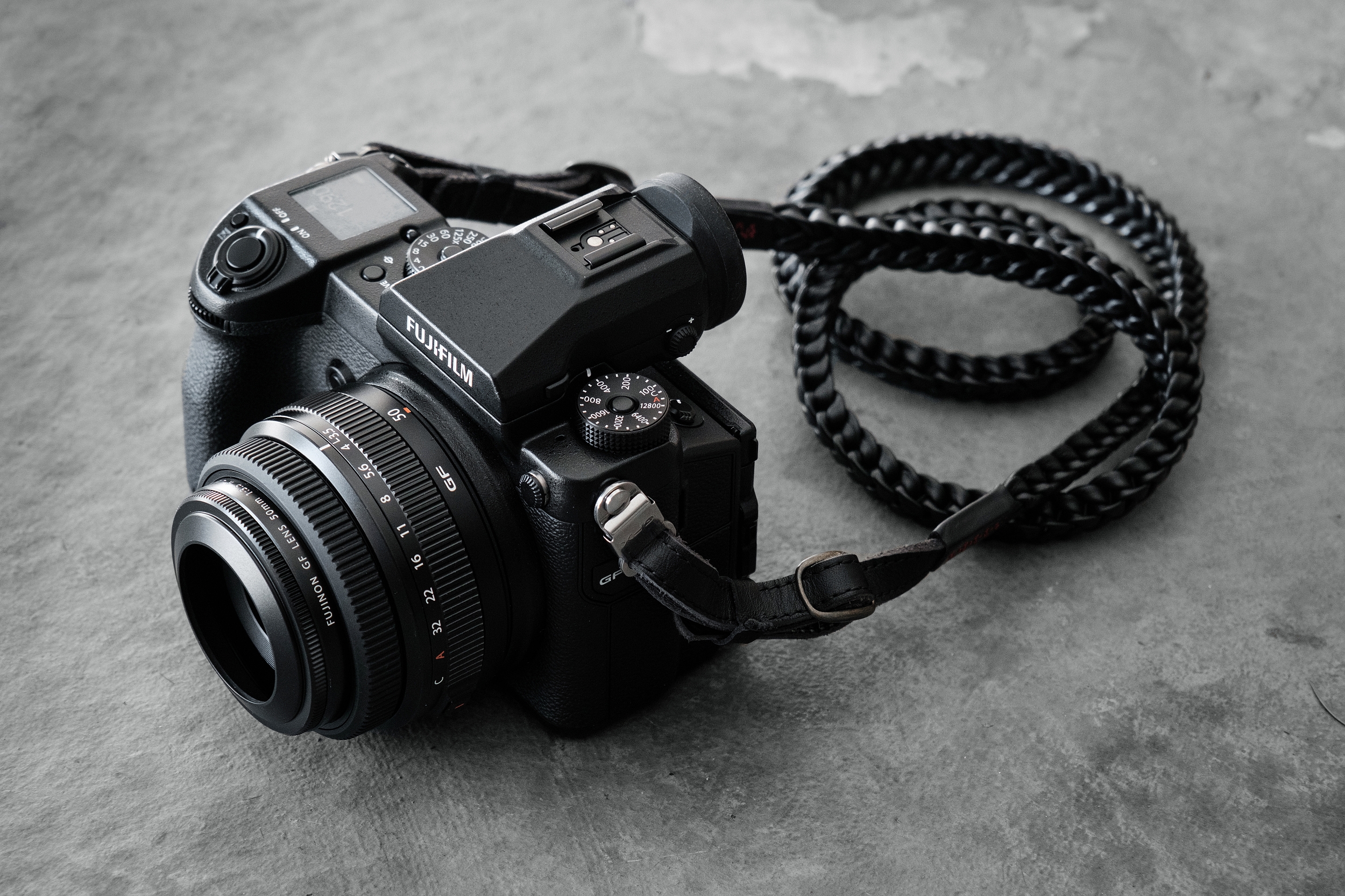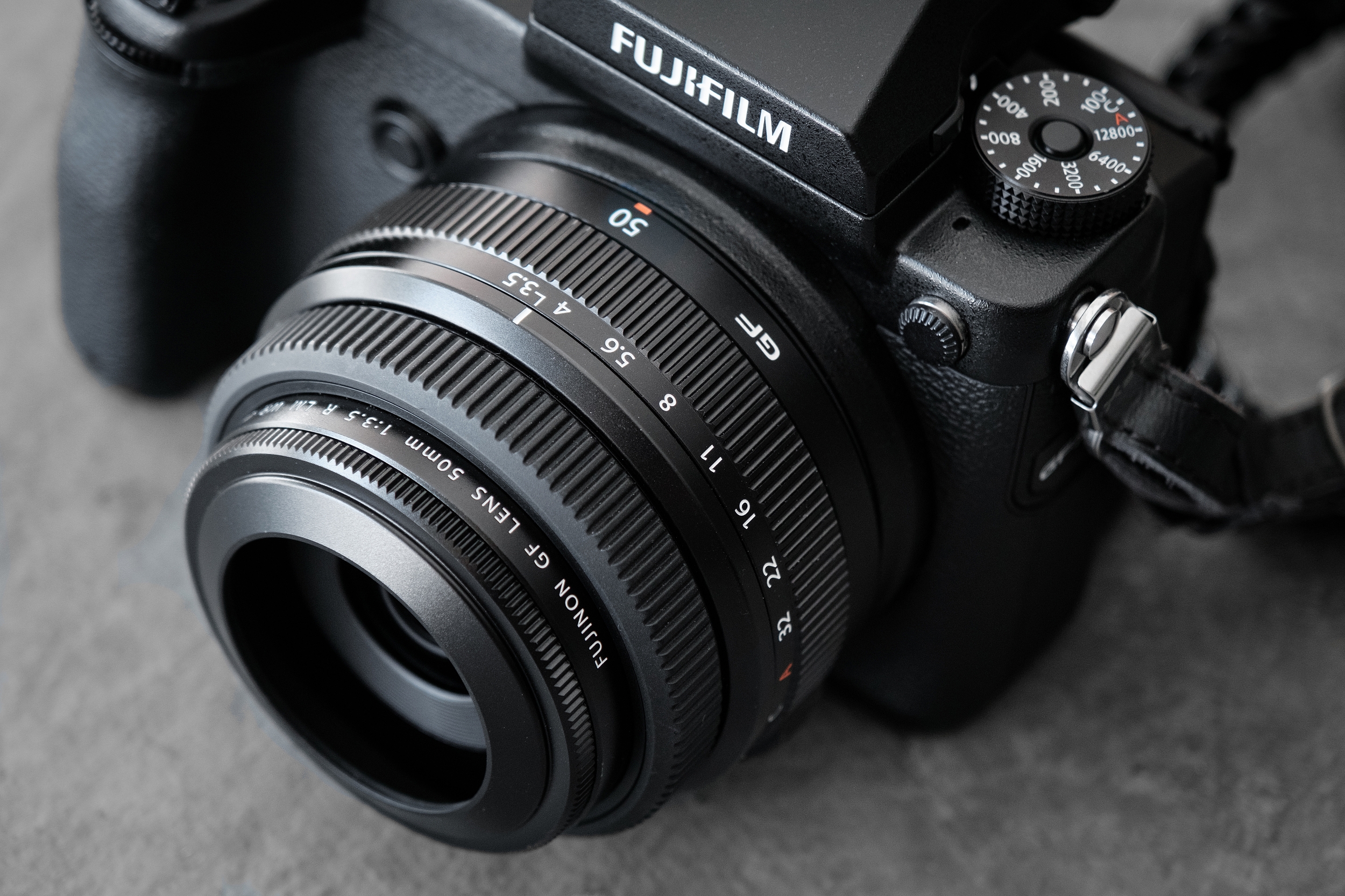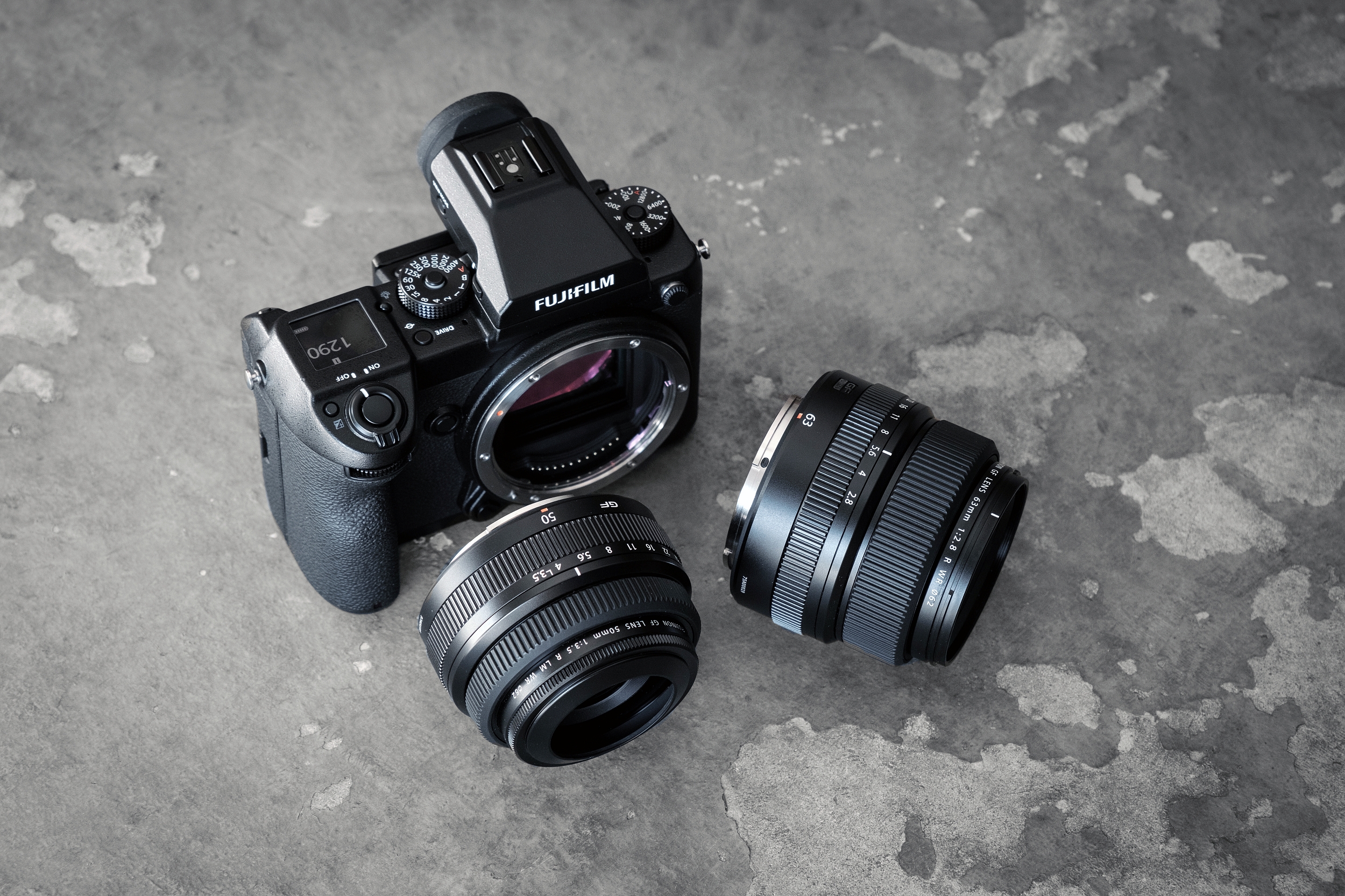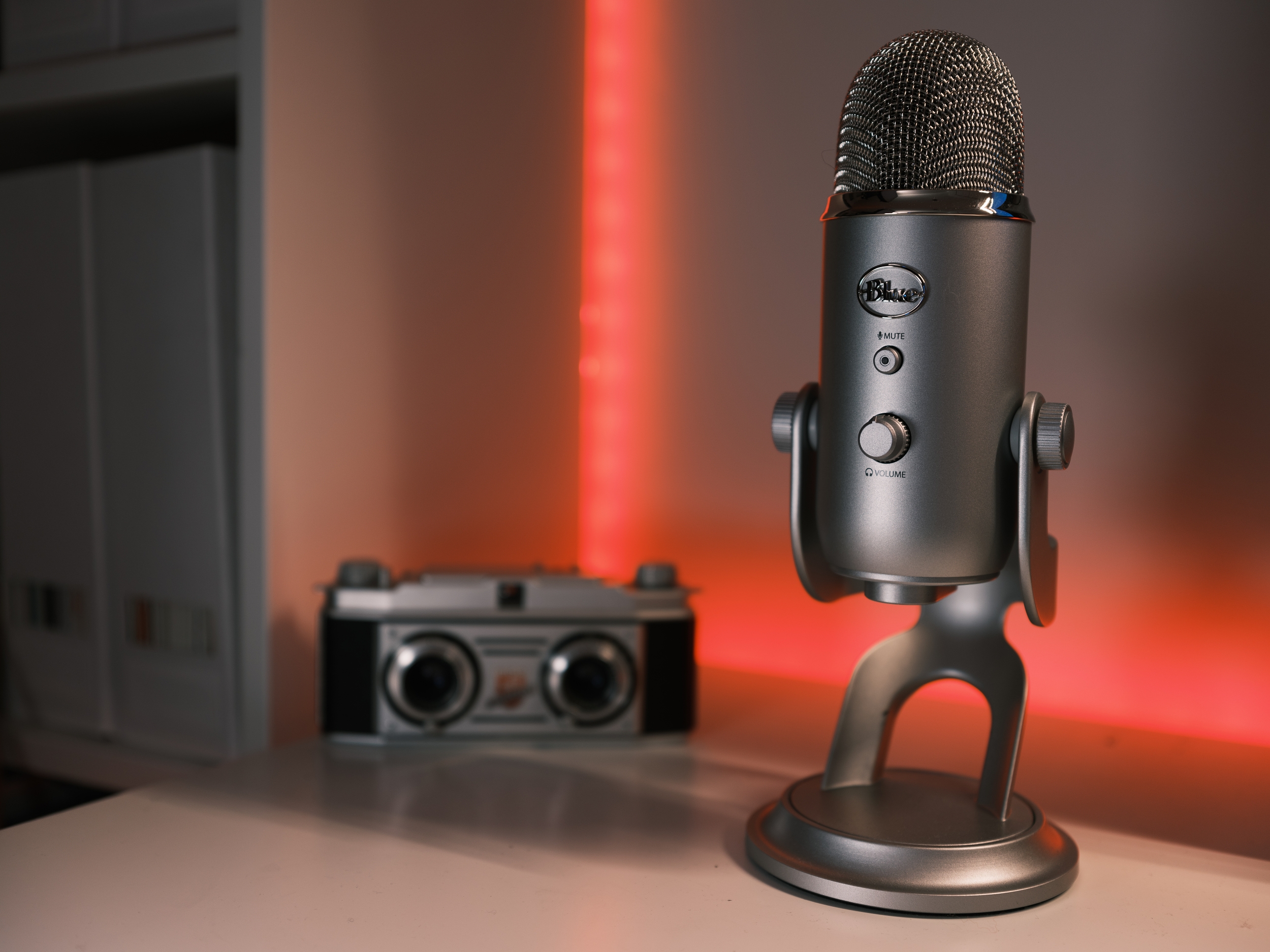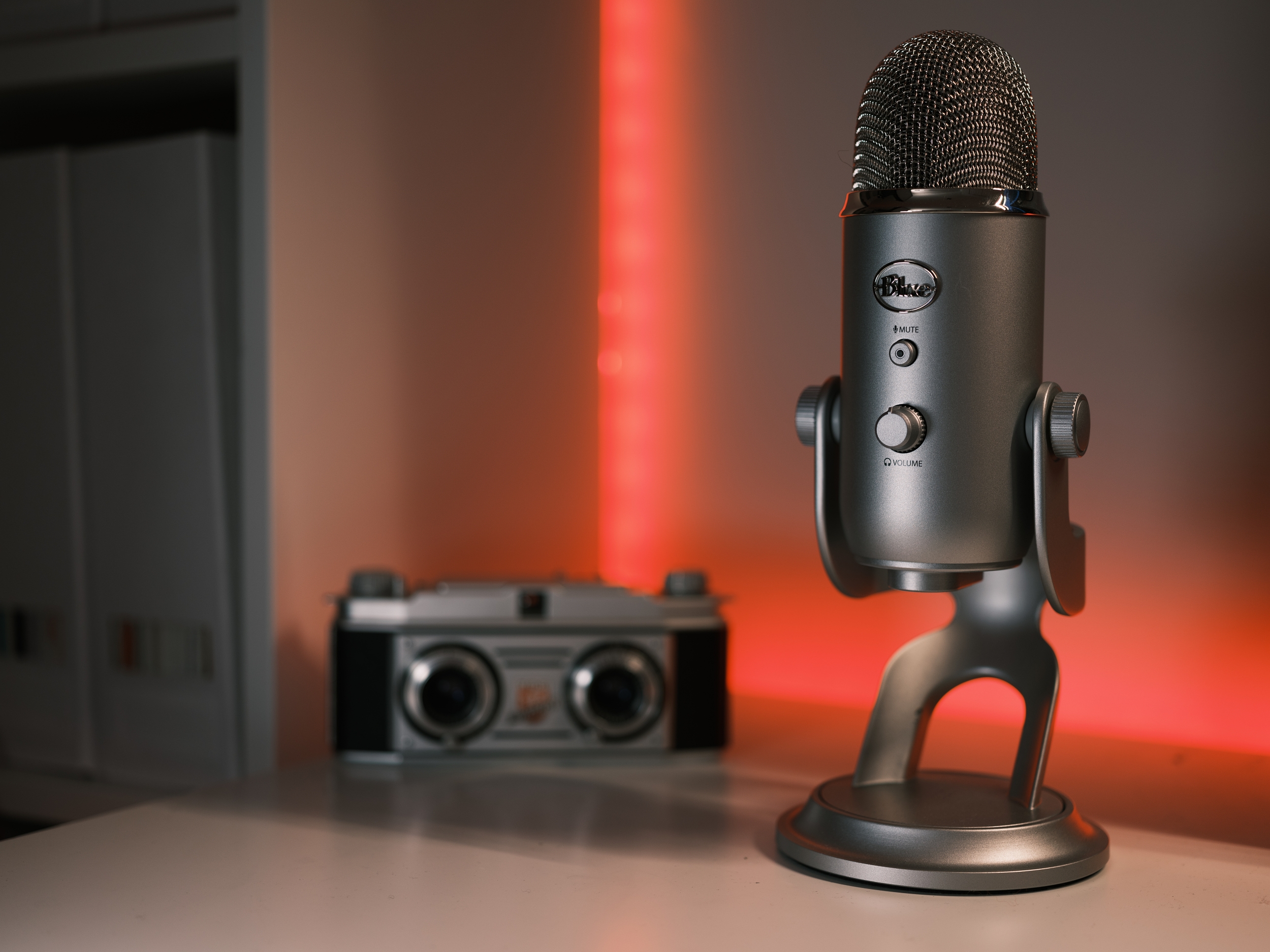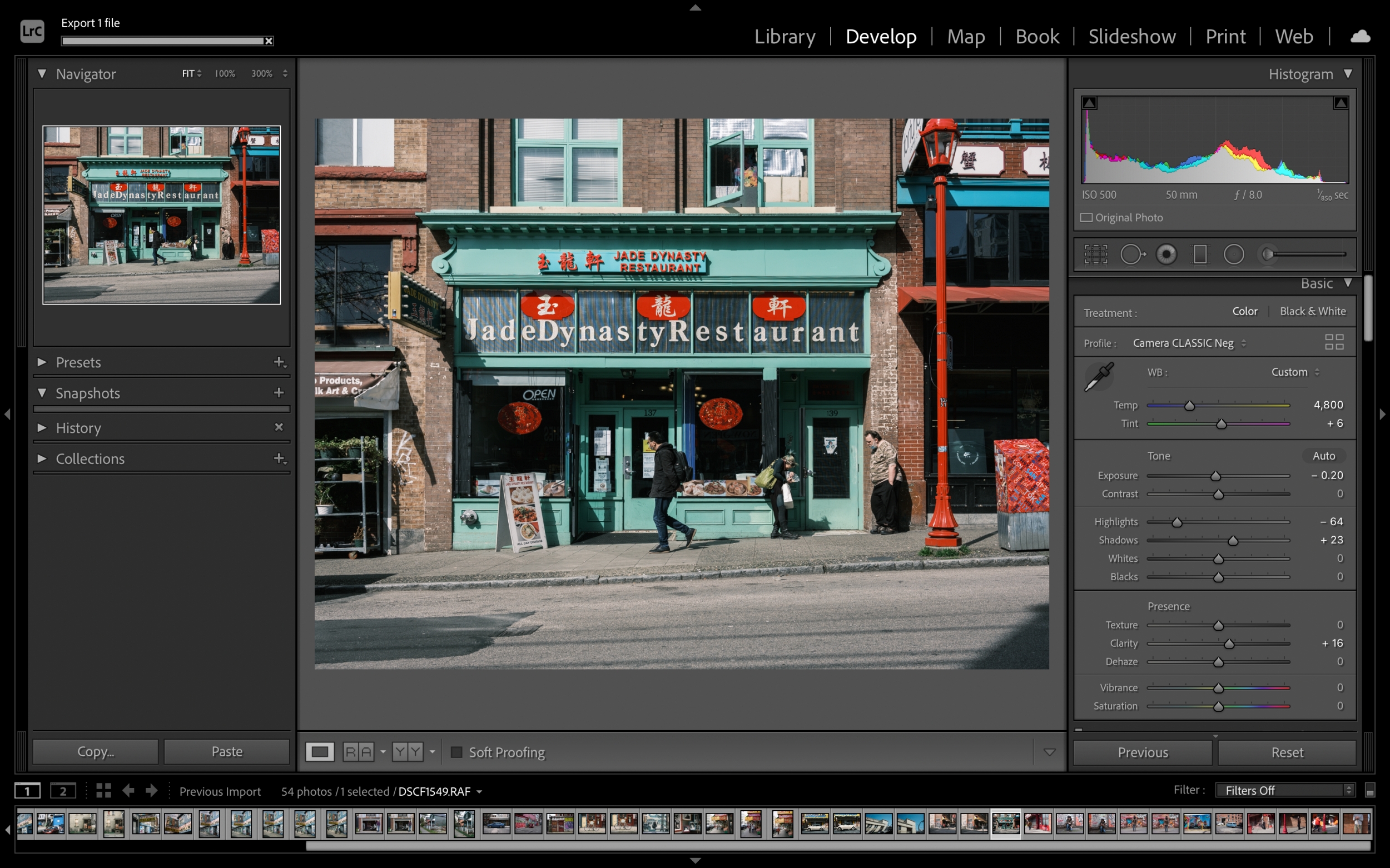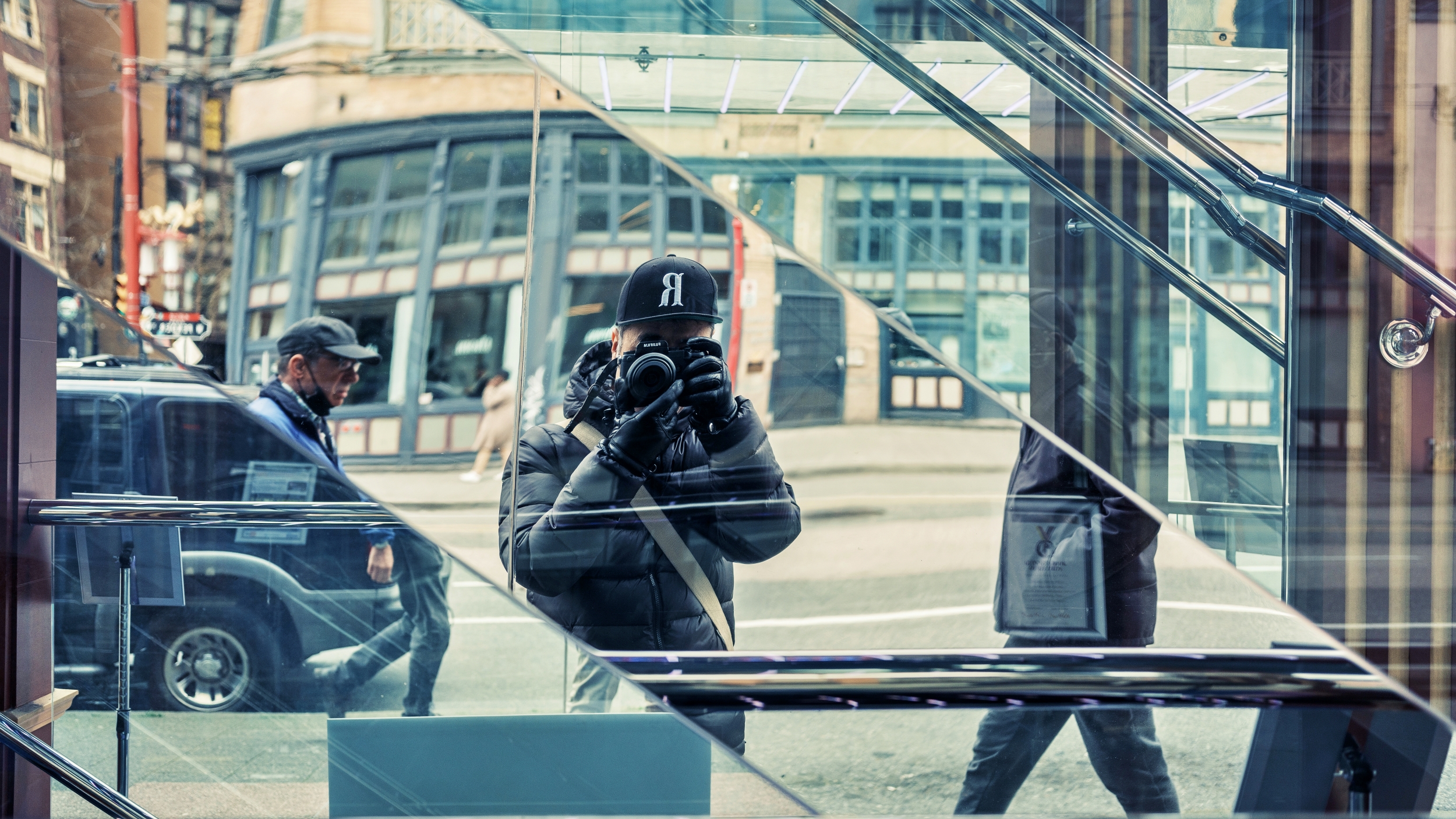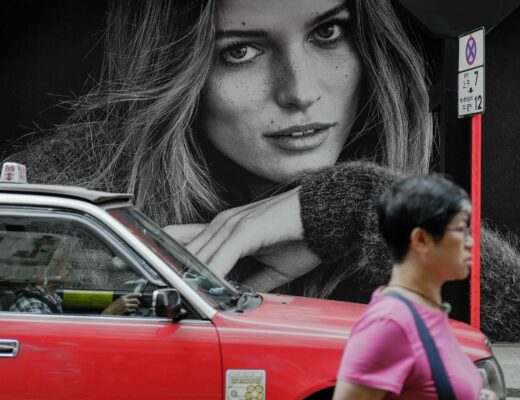The GF50mm f/3.5 R LM WR is an important lens for Fujifilm. Is it because of the not-so-common 40mm equivalent field-of-view? Or is it the $999 USD price, the cheapest of all the GFX lenses? Is it because the GF50mm is the most compact and lightest GFX lens? The answer is yes, to all of the above. The unique combination of focal length, price and form factor makes this new ‘normal’ lens an important model or template for future GF lenses. Let’s examine the build quality, performance, and optical characteristics of this new-ish pancake lens from Fujifilm, and see how this lens (and a future body) can become the gateway product to introduce many of us into the world of digital medium format photography.
GF50mm f/3.5 R LM WR main features:
•40mm equivalent field-of-view, aka standard or ‘normal’ view
•9 elements in 6 groups, one aspherical element
•pancake design (small front element, large rear element)
•335g, 84 x 48mm dimensions, 62mm front filter thread with pancake metal lens hood + cap
•internal focus design with linear motor for quiet, quick, and accurate autofocus
•dust and weather-sealed in 10 locations
•rounded 9 blade diaphragm for pleasing bokeh
In a previous article, I reviewed the new Fujifilm X-E4 and XF27mm f/2.8 R WR. I enjoyed using the updated XF27mm lens as a general-purpose lens, great for street and lifestyle photography. Although the lens performance was nothing exciting, the field-of-view was ideal for the way I like to photograph. Back in the 1970s, many cameras came with or had a built-in 40mm lens, as it was considered the alternative ‘standard’ lens. Both the XF27mm and GF50mm share the 40mm equivalent field-of-view, but these lenses are very different. Most importantly, there is no compromise on the build quality of the GF50mm. It has the same premium build and packaging as the rest of the GF lenses.
I prefer the design of the GF50mm over the GF63mm, especially the lens construction. Unlike the GF63mm, the GF50mm uses an internal focus design, meaning the front of the lens does not move in and out while trying to obtain focus. The GF50mm also uses an ultra-quiet, quick and accurate LM (Linear Motor) focusing mechanism, similar to the Fujicrons (XF35mm f/2 R WR, XF23mm f/2 R WR, XF50mm f/2 R WR). The GF63mm’s autofocus is noisy, slow, and the front element moves in and out while trying to obtain focus. In addition, the focus ring on the GF50mm feels natural, and the aperture ring has the right amount of clickiness and resistance. Overall there are no compromises with build quality to hit the sub $1000 USD price point.
Optically, the GF50mm lens was a treat to shoot with. Although technically a pancake design lens, this lens feels somewhere in between a regular prime and pancake lens. The GF50mm is still a reasonably large lens in comparison to full-frame or APS-C; but in the medium format world, this lens is compact. Like many pancake lenses, the front element is tiny (approximately 26mm diameter), while the rear element is larger (approximately 43mm diameter). Because of this design, Fujifilm includes a threaded (62mm) metal lens hood with a tiny 43mm lens cap. Moreover, even with this pancake design, the GF50mm is only 2/3 of a stop darker than the GF63mm f/2.8.

GFX 50S + GF50mm. 1/105th sec f/3.5 @ ISO 500. Classic Neg film simulation. Lawrence Lee aka @CafeYVR
Although this lens is no bokeh monster, the out-of-focus area is decent, due to the large 44mm x 33mm size sensor. In comparison to Fujifilm’s ASP-C system with a much smaller 24mm x 16mm sensor, an equivalent depth-of-field at similar field-of-view (27mm) would be approximately f/2. Because of this sensor size advantage, the GF50mm can get you pleasing shallow depth-of-field when shooting at f/3.5. I compared the depth-of-field performance between the GF50mm f/3.5 and GF63mm f/2.8. The results are attached below. First I framed the image with the GF50mm and then took the same image from the exact same position with the GF63mm. Because of the field-of-view difference, the GF63mm’s image is tighter. Next, I backed off the GF63mm and framed the image as closely as I could to the GF50mm’s image, so you can see the difference between f/2.8 and f/3.5. Overall the GF50mm performed very well against the GF63mm. However, since the GF63mm focuses 5cm closer (50cm vs 55cm), has a narrower field-of-view and wider aperture, you will achieve more shallow depth-of-field images at close focus distance in comparison with the GF50mm.
Optically the GF50mm lens was excellent. It has great edge-to-edge sharpness wide open, very little light fall-off, almost no distortion, and controls chromatic aberration under harsh lighting situations. The micro-contrast and rendering of the GF50mm are different from the GF63mm, but not in a bad way. Optically the GF63mm is slightly sharper than the GF50mm at the same aperture, but both lenses are top-notch. If I had to choose which lens I would use for portraits, I would pick the GF63mm. However, as a daily lens for street and lifestyle photography, I would pick the versatility of the GF50mm. I am curious how this lens will perform on the GFX100 or GFX100S; but my guess is that it will scale up nicely, just like the rest of the GF lenses.
One thing I want to talk about is comparing the GFX system to the X Series, in terms of image quality. The difference between 26MP and 50MP is huge, mostly because of the larger sensor surface area, not just the megapixels. There is also a difference in the quality of the optics. The amount of details in a GFX image is astounding, and the high ISO performance is great for low-light photography. I don’t hesitate to shoot at ISO 6400 on a GFX camera. I was using the GFX 50S, which is the oldest GFX body, and yet the IQ is still way above the most recent X-Series camera, the X-T4. However, at the current price of $5500 USD for the GFX 50S, it better be. Because of the extra resolution, I also experimented with cropping as well as pixel-peeping, just for fun.
Looking at the recent release of the GFX100S, especially the $6000 price point, it is clear that Fujifilm is pushing down the barrier-of-entry into the digital medium format to the level of the top-end 35mm mirrorless cameras. The current price of the GFX 50R and GFX 50S will most likely drop again, and their replacement might come down even further. Like the X-Series system with both professional and prosumer bodies and lenses, the GFX system will probably also have a pro and prosumer selection of bodies and lenses. The GF50mm lens proves that Fujifilm can make top-quality medium format lenses in the sub $1000 USD price range, perhaps even lower. The top-end GFX body dropped from $10,000 USD (GFX100) down to $6000 USD (GFX100S) in just over a year. There is no reason why Fujifilm can’t make a prosumer GFX 50S II or GFX 50R II at a sub $4000 or even sub $3000 USD price point in the near future. With lenses like the GF50mm f/3.5 (the medium format Fujicron), it is also possible to have a GFX body + lens kit in the sub $4000 USD price range. We are living in exciting times. Thanks for reading and happy shooting!

